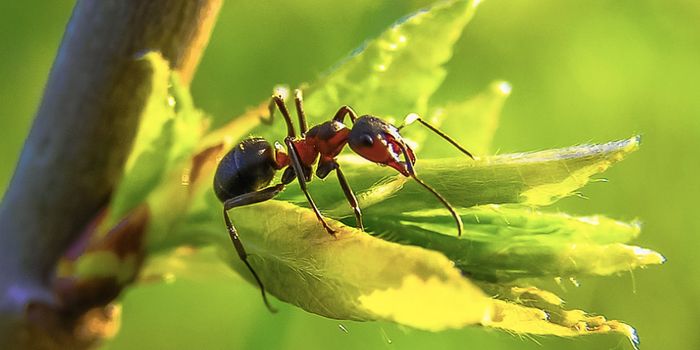From pandemic precautions to televised talent shows, masks are having a moment. Even this bizarre bat species has a built-in "face mask," which it uses to cover its wrinkly face during courtship displays. New research published last week in the journal PLOS One reveals the unique courtship behaviors of wrinkle-faced bats (Centurio senex) in Costa Rica. According to the study, this research marks the first occasion in which courtship and mating behaviors in wrinkle-faced bats have been observed. This video from Live Science summarizes the groundbreaking research findings.
The study reports that only scarce information about this species exists. As stated in the video, males of this species are noticeable more wrinkled than females. According to the study, the degree of wrinkling and other facial modifications—large green eyes and a lack of a nose leaf characteristic amongst Phyllostomidae bats—are a far cry from closely related species' general appearance.
Additionally, males feature a furry skin flap at the bottom of their faces, raised to cover the lower half of their faces. Because only males have this unique characteristic, researchers were particularly interested in discovering if and how it is used in reproduction. While this particular study did not pinpoint the facial mask's exact purpose, the researchers suspect it may prevent disease transmission or emit olfactory signals.
In an article from Eureka Alert regarding the study, Marco Tschapka--research associate at the Smithsonian Tropical Research Institute from the University of Ulm—said, "This was an incredibly lucky encounter with these rarely observed 'masked seducers.'" He continues that they did not expect to find this species in San Ramon, where nature guides first observed them. Tschapka stated, "If I were desperate to find one, I would probably go to the dry, lowland forest in northwest Costa Rica, but never to a cloud forest."
For nearly six weeks, the research team observed a group of male bats, taking care not to disturb or cause them to leave the site. The study states starting from 6 p.m. to midnight, researchers observed males hanging with their facial masks raised. During this time, the males produced ultrasonic vocalizations and lightly moved their wingtips. When others approached, the males would beat their wings and make loud, low-frequency whistles.
In addition to observing facial mask usage and recording vocalizations, the team also deciphered that this gathering of males represented a lek mating system. According to Eureka Alert, a lek mating system is one in which many males congregate to display for females. Additionally, the study reports that lekking is rare in bat species and the most famous examples occur in birds.
Unfortunately, as Tschapka relayed to Eureka Alert, the bats did not return to this site in 2019. The research team hopes to collect more footage to answer lingering questions about this rare bat species.
Sources: PLOS One, Eureka Alert, Live Science

-
MAY 07, 2024Is It Anti-RNP or Anti-Sm/RNP?
- See More
-
APR 30, 2024Immuno-Oncology Virtual Event Series 2024
-
MAY 07, 20243rd International Biosecurity Virtual Symposium
-
JUN 06, 2024The Future of Scientific Conferencing
- See More


















































